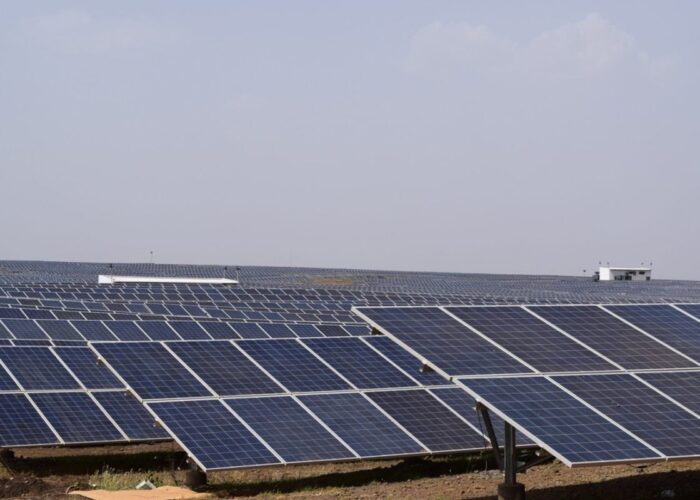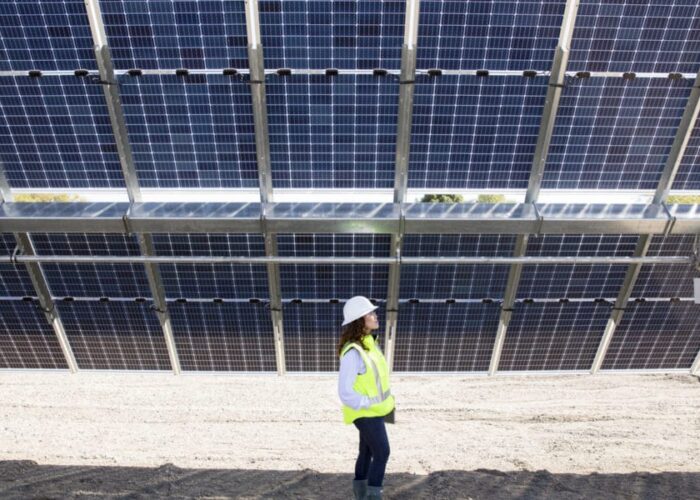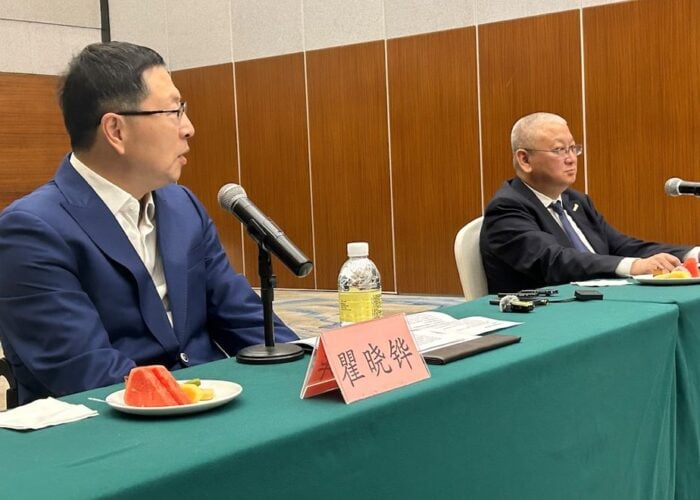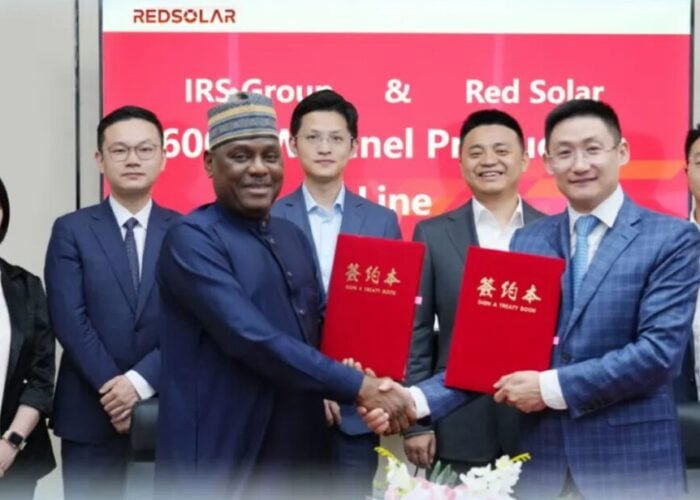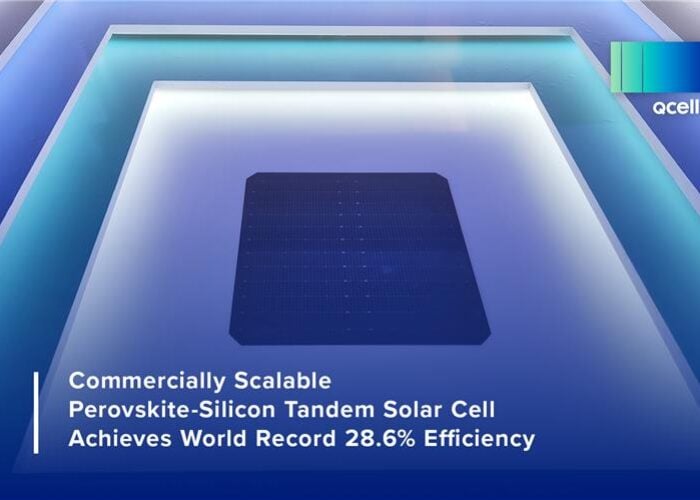Despite the lack of current capital expenditure (capex) across the PV industry value chain, market research firm NPD Solarbuzz expects a major shift to higher efficiency cells and modules to finally dominate the sector by the end of 2018.
In a new in-depth analysis of PV technology trends NPD Solarbuzz highlights in its latest PV Technology Roadmap report that conventional mainstream multicrystalline (m-c-Si) p-type technology using solar grade wafers is set to declines to the point its market share base is non-existent by the end of 2017.
Unlock unlimited access for 12 whole months of distinctive global analysis
Photovoltaics International is now included.
- Regular insight and analysis of the industry’s biggest developments
- In-depth interviews with the industry’s leading figures
- Unlimited digital access to the PV Tech Power journal catalogue
- Unlimited digital access to the Photovoltaics International journal catalogue
- Access to more than 1,000 technical papers
- Discounts on Solar Media’s portfolio of events, in-person and virtual
Or continue reading this article for free
“The solar photovoltaic industry will continue to offer strong growth potential for a wide range of PV manufacturing technologies,” said Finlay Colville, vice president at NPD Solarbuzz. “Panel power ratings are expected to constantly hit record levels of performance, provided efficiency enhancements are adequately prioritised.”
A major shift, which is picking up pace, will see the mainstream industry shift to product based on high-efficiency multi-c-Si p-type technology using variants of PERC cell processes on semiconductor grade wafers.
According to NPD Solarbuzz, the high-efficiency (HE) multi-c-Si p-type products will account for well over 50% of the market in 2018.
However, conventional mono-c-Si p-type cell/modules are also expected to follow a gradual decline through 2018, ending up a small niche market, compared to a market share of around 15% in 2014.
The served addressable market for premium c-Si module suppliers is expected to grow 200% after 2015, reaching 7.6 GW in 2018, according to NPD Solarbuzz’s “accelerated PV technology roadmap” scenario.
Mono on the move
Other key trends are expected to occur in relation to high-efficiency mono-c-Si p-type cell/modules using PERC technology to boost efficiencies. The NPD Solarbuzz report indicates HE p-type mono is gradually gaining traction and could reach a market share of around 20% in 2018.
The challenge would seem to be in relation to n-type mono gaining traction as the market research firm projects only incremental market share gains through 2018. Market share for n-type mono ‘standard’ and ‘premium’ is only forecast to reach around 10 to 12% in 2018, compared to around 3-4% in 2014.
This is despite acknowledgement of the likes of SolarCity acquiring and expanding Silevo’s technology, and First Solar’s plans to move TetraSun’s PV technology into mass production.
The NPD Solarbuzz report noted that competition between c-Si technologies, based on ingots manufactured by high-grade Czochralski (CZ) growth techniques, and those produced by directional solidification (DSS) furnaces customised for solar PV, will ultimately determine which technologies will prevail within the industry over the next five years.
Thin film slipping
Under the NPD Solarbuzz “most-likely PV technology roadmap” scenario, thin-film and premium c-Si module supply is expected to increase from 5.3GW in 2014 to 14.5GW in 2018.
However, the role of a-Si thin-film technologies is not expected to rebound anytime soon. Inevitably, CIGS thin-film technology is expected to gain market share over leading CdTe technology with both accounting for equal share in 2018.
Therefore an overall shift towards CIGS technology, despite the number of players and planned expansions by Hanergy in China are not thought to be possible.
“While cost reduction was the main focus of the PV manufacturing segment during the past two years, the industry is now ideally positioned to finally adopt a common technology roadmap,” Colville said. “As leading PV producers review capacity additions from 2015 onwards, being able to benchmark proposed technologies will become a critical part of factory tool design and targeted customer groupings.”
NPD Solarbuzz remains focused on the top 20 suppliers to the industry for technology trends, noting that 16 of the top 20 PV module suppliers are expected to account for 89% of the PV capacity forecast to be installed this year.

